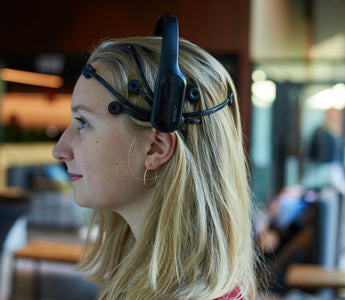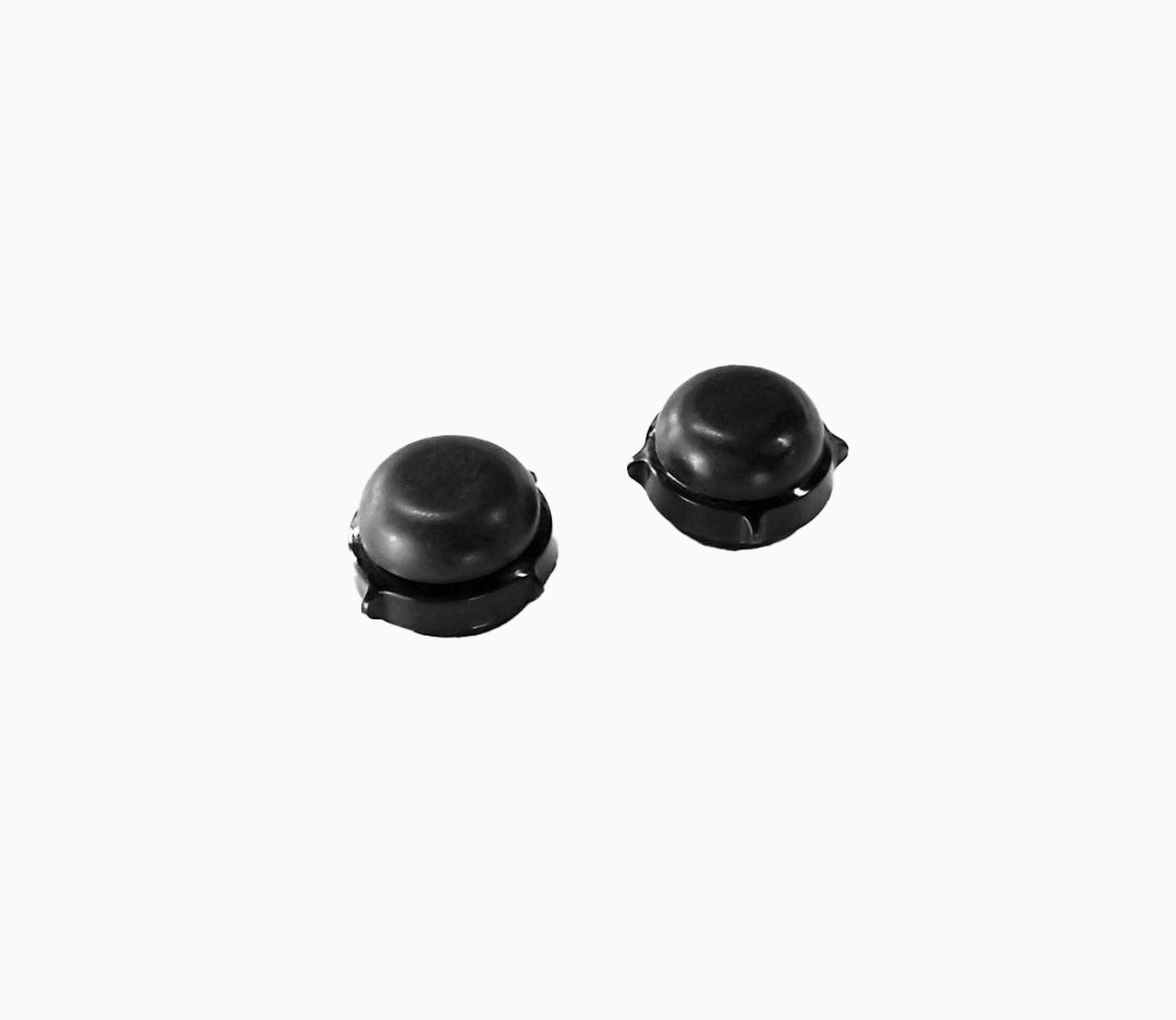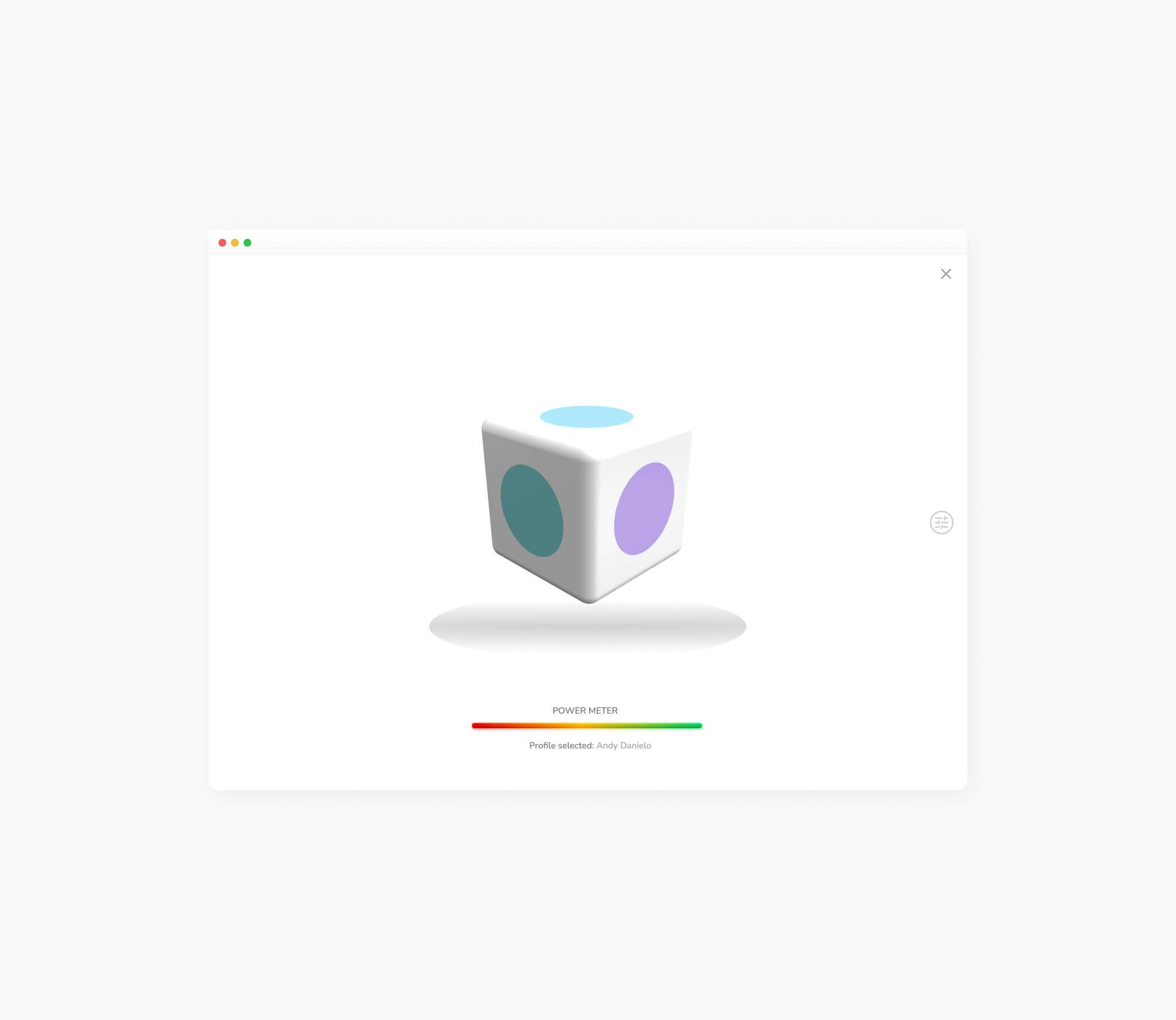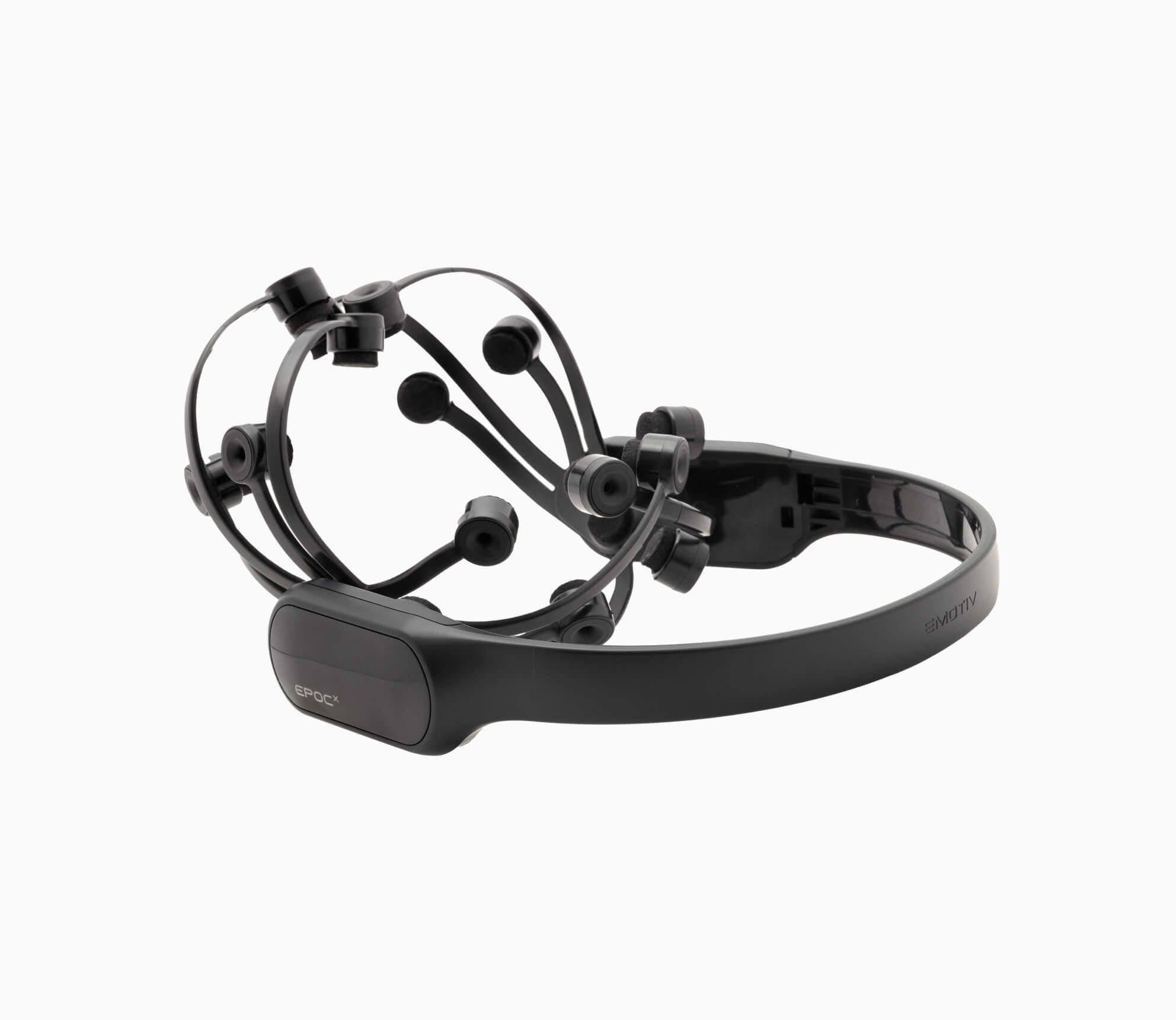Celebrating the EMOTIV EPOC wireless EEG headset series. From gaming controller to neurotechnology game-changer, BCI powerhouse, and all the possibilities to come.
EPOC — EMOTIV’s 14-channel saline portable EEG headset — revolutionized how researchers collected and observed contextual EEG data. EEG technology had been around for decades but was cumbersome, limited, and expensive. So, when EMOTIV introduced a completely portable, research-grade EEG headset at a fraction of the cost into the EEG market, we democratized EEG and ushered in a new era of contextual human brain research. Now, anyone can to unlock the brain's electrical activity and observe its fascinating processes outside of a laboratory.
2024 marks the 15th anniversary of EPOC. We’ve come a long way from the original prototype device, and we’re just getting started. As we celebrate this milestone, we look back at the evolution of the EMOTIV EPOC Series and reflect on how the headsets have transformed the EEG landscape, redefining the possibilities of contextual EEG research.
Not only has EPOC become an essential tool for neuroscientific research, but its accessibility and ease of use have also made it a popular choice for a wide range of applications, such as rehabilitation, brain-computer interface (BCI), art, music, personal performance, consumer research, marketing, and education.
Above: The original EPOC Series prototype is demonstrated for its seamless BCI video game integration. (EMOTIV)
What Makes EMOTIV EPOC Special?
The EPOC series was the first portable EEG headset to provide coverage of the frontal and prefrontal lobes, as well as the temporal, parietal, and occipital lobes, with sensors located on the international 10-20 system. View full device specifications
Since the launch of the first EPOC EEG headset, independent validation studies have confirmed that the device provides similar or better results compared to standard laboratory EEG and other consumer devices. In fact, an independent 2023 analysis found that roughly a quarter of all wireless EEG studies have been conducted with an EPOC Series headset since its inception.
Above: The evolution of the 14-channel EPOC Series EEG headset. (EMOTIV)
EPOC (Series 1): From Gaming System to Scaleable Research Tool
Launched in 2009, EPOC — derived from “epoch,” the scientific name for a standard interval of time in data collection — was a trailblazing departure from conventional EEG systems. Initially positioned as a hands-free gaming device, EPOC enabled BCI applications for video games. Using this budding technology, players could move objects and perform actions using their thoughts. Real-time facial expressions were reflected in an avatar, and in one demonstration, the player’s emotions changed the look and feel of the game environment.
EMOTIV’s AI and machine learning algorithms meant EPOC could detect the brain activity patterns associated with 30 different expressions, emotions, and actions (EMOTIV Performance Metrics). For example, when the algorithms detect a brainwave in the dataset associated with “push,” the BCI associates that brainwave with a physical or digital command and will perform a push action in a game.
On its release, EPOC sold thousands of units across the world to eager gamers and BCI enthusiasts. However, researchers didn’t take long to see its potential in other applications. EPOC’s portability, EEG signal quality, and price point made it desirable for scaling research to larger numbers of subjects than researchers had previously been able to monitor in a lab.
Monitoring subjects’ brain waves in familiar surroundings, such as their home, made them feel more comfortable, leading to better signals quality. This ability enabled opportunities for conducting ERP studies with children who found the laboratory setting threatening or uncomfortable. This validation determined that EPOC compared well with research-grade EEG systems for investigating late auditory ERPs in children, paving the way for large-scale studies of children in schools, hospitals, and childcare centers.
EPOC’s innovation and design earned EMOTIV several awards, including an Australian International Design Award, two Engineering Excellence awards from the Australian Institute of Engineers, and a Red Dot Award in 2010.
EPOC+ (Series 2): Empowering Researchers with Wireless EEG
Where EPOC secured EMOTIV’s reputation for creating research-grade yet user-friendly EEG technology, EPOC+ firmly cemented its position in the wireless EEG landscape. Released in 2014, EPOC+ improved upon the original EPOC with Bluetooth 4.0 and a 9-axis motion sensor. These improvements lead to better signal quality and signal-to-noise ratio, capturing data at both 128 and 256 Hz sampling rates, compared to EPOC’s 128 Hz.
The second iteration of EPOC evolved to ever-expanding research applications, with researchers taking advantage of the improvements to the headset and the price point to conduct research at a fraction of the cost of conventional research-grade EEG systems. Researchers could now access contextual brain data, leading to better insights into the human mind and behavior than ever before.
EPOC+ is also used around the world in diverse applications, from controlling robotic limbs and wheelchairs, to user authentication in security systems, and identifying emotional states.
In 2013, EPOC+ was recognized for its user-friendly, ergonomic design and was awarded the Red Dot Design Award in the Product Design category.
Above: EMOTIV EPOC portable EEG headset: winner of several design and innovation award awards, 2010.
EPOC X (Series 3): A Decade of Wireless EEG Innovation
The 10th-anniversary edition in the EPOC series is EPOC X. Harnessing new technologies, chipsets, and community feedback, we made some major improvements to our flagship EEG headset: Electronics and Communications
-
Bluetooth 5.0: Making it compatible with newer computers and mobile devices.
-
Upgraded antenna: Improved data rate and wireless range, enhanced emission patterns, and higher efficiency.
-
MEMS-based 9-axis motion sensor: Strengthening the stability and accuracy of the motion sensor outputs.
-
Enhanced common-mode noise cancellation: Reducing electrostatic and mains interference levels.
-
Improved headband materials: EPOC X is lighter, stronger, and more comfortable to wear.
-
Rotating headband: Improved fit for those using headrest support and for sleep studies.
-
Improved sensor design: Sustainable sensor units that accommodate sensor felts for hydration, which can be easily replaced.
-
Refillable sensors: No more interrupted studies. Researchers can easily rehydrate individual sensor felts with saline via a rear opening on each sensor unit.
-
Electroplated sensors: Plated Ag/AgCl sensor contacts that do not corrode and provide cleaner signals.
These improvements have made EPOC X a more user-friendly device compared to its predecessors – providing improved comfort, easier setup and rehydration, and improved signal quality even in the most challenging environments.
Although we’ve made changes to the EPOC series over the years, the sensor montage and signal quality remain unchanged. That means researchers with previous EPOC models can continue long-term experiments using upgraded headsets without affecting the integrity of the EEG data they’ve already collected.
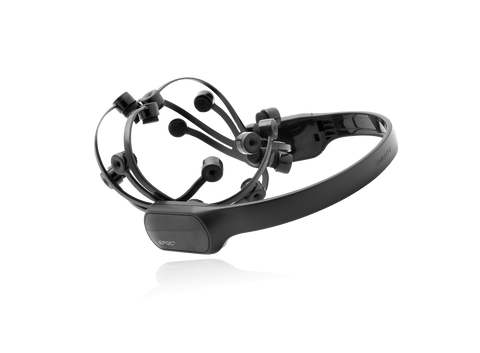
Above: EMOTIV EPOC X EEG Headset
Accelerating Brain Research and Businesses Outcomes
During its 15 years, EPOC has become a staple tool for researchers, becoming the world’s most popular wireless EEG headset for brain insights. In 916 peer-reviewed articles, the EPOC series was used in 68% of studies, more than any other wireless EEG headset.
However, its impact is not only recognized in neuroscientific research. Businesses also leverage EPOC’s EEG data in the boardroom to drive innovation, user experiences, and product development.
EPOC Gaming Comes Home
The original EPOC device was ahead of its time for gaming applications, but technology and public awareness are finally catching up. Today, the EPOC Series is used to play existing video games and to develop BCI games from the ground up. Twitch livestreamer Perrikaryal made headlines for mastering the process and for beating a notoriously difficult game, Elden Ring, using an EPOC X. Students and independent game developers alike are using the ease and functionality of this classic EEG device to make their “mind control” games come true.

Above: Perrikaryal playing Elden Ring using EPOC X EEG Headset.
Shaping the Future of Neuroscientific Exploration
As we look back over EPOC’s remarkable journey, we anticipate a future where it continues to be at the forefront of neuroscientific exploration, unlocking neural activity that provides new understandings of the mind and applications that enhance the human experience.
Ready to start your wireless EEG research? Buy EPOC X Today


